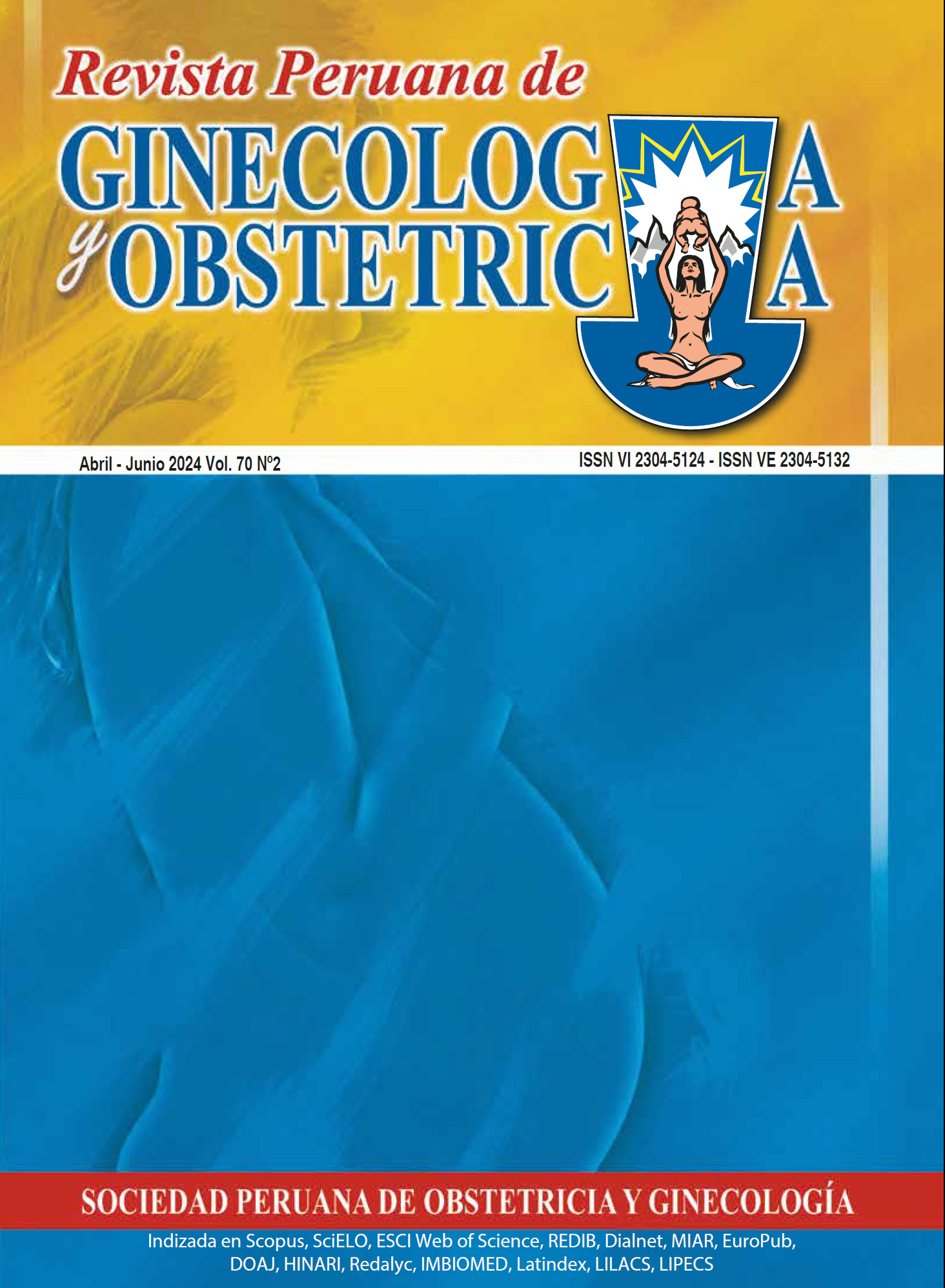Pneumorrhachis as a complication of epidural anesthesia during the puerperium
DOI:
https://doi.org/10.31403/rpgo.v70i2630Keywords:
Pneumorrhachis, Anesthesia, Epidural spaceAbstract
Epidural analgesia is a common procedure for pain relief, especially in obstetric
practice. Pneumorrhachis and pneumocephalus are rare complications of
unintentional dural puncture and injection of air into the subarachnoid or subdural
space. The presence of air within the spinal canal is a rare and usually benign
condition known as pneumorrhachis. The causes may be traumatic, non-traumatic
or iatrogenic. Pneumorrhachis secondary to epidural anesthesia is associated
with needle insertion using the loss of air resistance technique. Because it is
usually asymptomatic and most cases with symptoms have non-focal neurological
manifestations, it is usually treated conservatively. This is because it usually resolves
spontaneously within hours or days. However, in some cases it may be related to
serious underlying pathology and become symptomatic, requiring active diagnosis
and treatment depending on the intensity of the symptoms. A case of pneumorrhachis
as a complication of epidural anesthesia during the puerperium is presented.
Downloads
Downloads
Published
How to Cite
Issue
Section
License
Copyright (c) 2024 Maira Sarmiento-Piña, Eduardo Reyna-Villasmil

This work is licensed under a Creative Commons Attribution 4.0 International License.
Esta revista provee acceso libre inmediato a su contenido bajo el principio de que hacer disponible gratuitamente la investigación al publico, lo cual fomenta un mayor intercambio de conocimiento global.















